The restrictions from the pandemic have put a sudden halt on traditional retail consumption and forced shopping to become digital. The massive shift to ecommerce and the rush for organisations to reconfigure their supply chain and fulfilment strategies to keep up with the demand will make the move to automate even more pressing. With demand for logistics automation already strong prior to COVID-19, the upcoming onslaught of demand may lead to a global arms race for logistics automation.
Over the last decade the retail model has been moving from shopper to goods towards goods to shopper, which has driven an uptake in logistics automation over the last few years. Due to COVID-19, retail stores closed and consumers were forced to move their consumption habits online, with some adopting online shopping for the first time.
As a result, online retail has skyrocketed with an 80 per cent year on year increase in online sales, with some categories such as entertainment, fashion and department stores sales increasing by 100 to 400 per cent, according to Australia Post’s latest ecommerce industry report.
As companies grapple with the surge in ecommerce, many will look at automating operations to create high speed, low-cost and efficient operations. However, in a market with a scarcity of suppliers and expertise, those looking to automate will need to act fast.
The demand for automation
The rise of ecommerce has fostered an age of immediacy and consumers’ “need it right this second” mentality. This is forcing organisations to prioritise high speed operations through automation, as it enables low-cost fulfilment of orders in a short timeframe through increased operational efficiencies, higher storage density and greater ability to deal with spikes in demand.
The push to automate is also compounded by the scarcity of labour. The labour market in manufacturing and logistics is tightening due to the “4Ds” which is dull, difficult, dirty and dangerous work. This is driving the next generation in the workforce to move away from this labour. Importantly, automation also eliminates this at times hazardous work.
Automation suppliers around the world are at capacity
The warehouse automation sector is a rapidly growing market, with Reports and Data last year reporting that the global logistics automation market will reach $120 billion USD by 2026.
While there are automation suppliers across Europe, North America and Asia, the range of suppliers is not endless. The specialised expertise required to design, cost and execute automation systems means that the major automation suppliers around the world have been incredibly busy for the last
five years.
Prior to COVID-19, many major automation suppliers were already at capacity resulting in multi-year lead times for automation implementation. Some suppliers don’t even have the capacity to respond in a tender process and design a solution.
The need to act fast
With major automation suppliers already at capacity and the upcoming onslaught of logistics automation demand, companies looking to adopt automation need to act fast.
Planning and implementation take many years and needs to consider the capacity and timelines of automation suppliers. Australian organisations also need to consider that there will be an incredible volume of automation demand in North America and Europe. This will require Australian organisations to get ahead of the demand curve or risk losing the opportunity to transform their operations.
In conclusion, those looking to automate need to act fast. Slow adopters won’t be able to secure automation or labour, leaving them at immense risk of an inefficient and expensive operation.






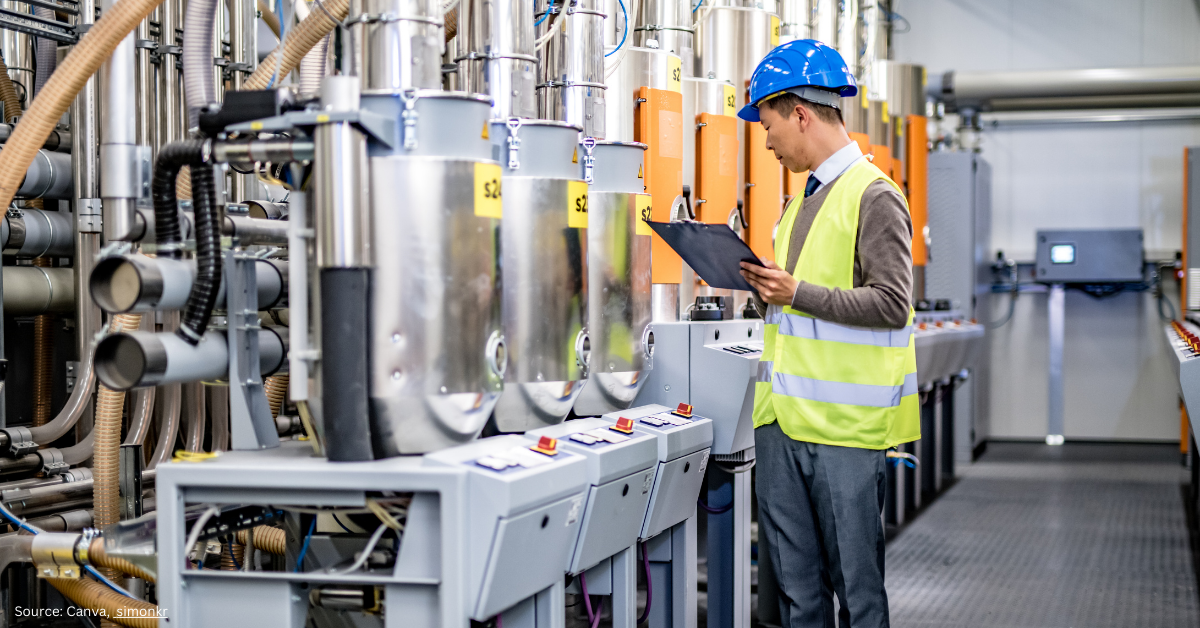





























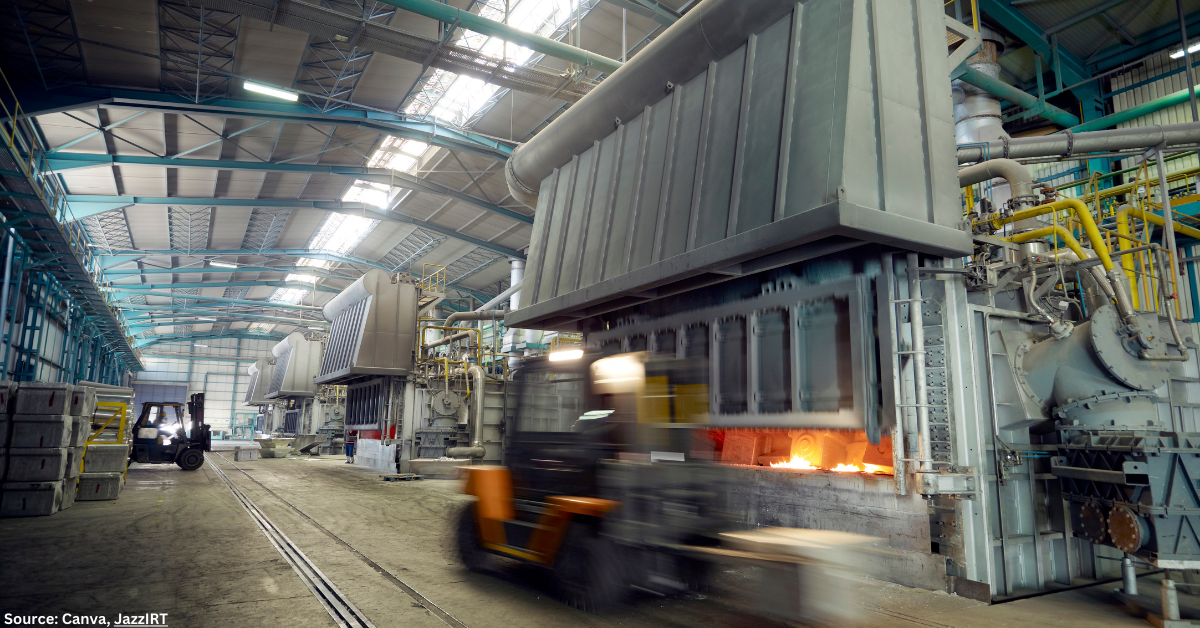
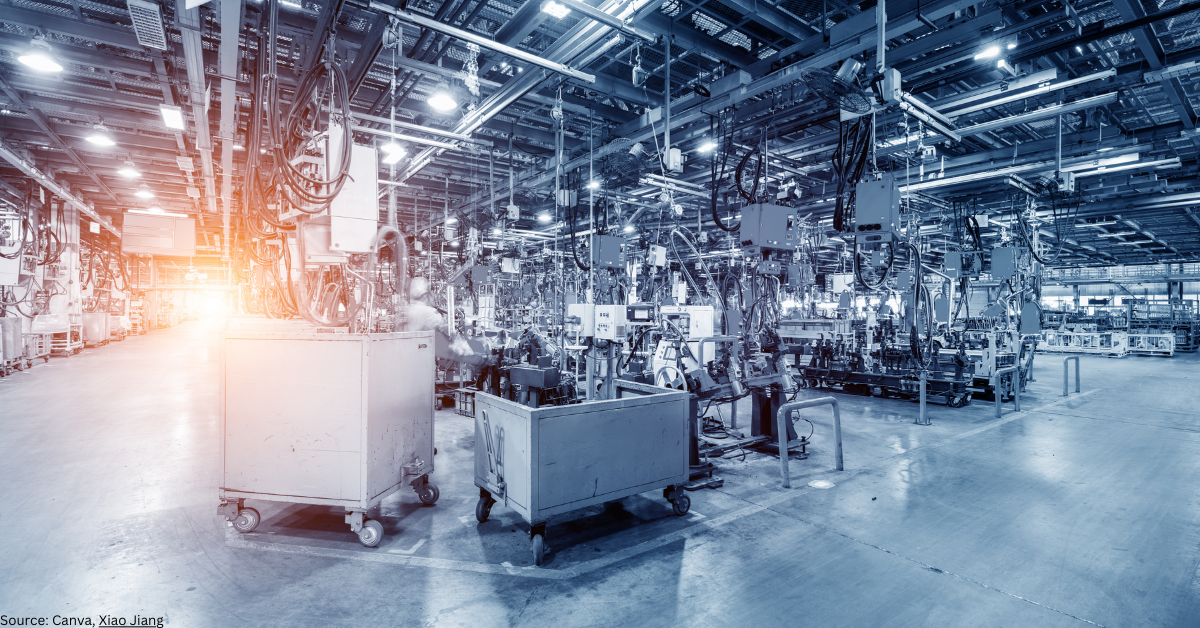
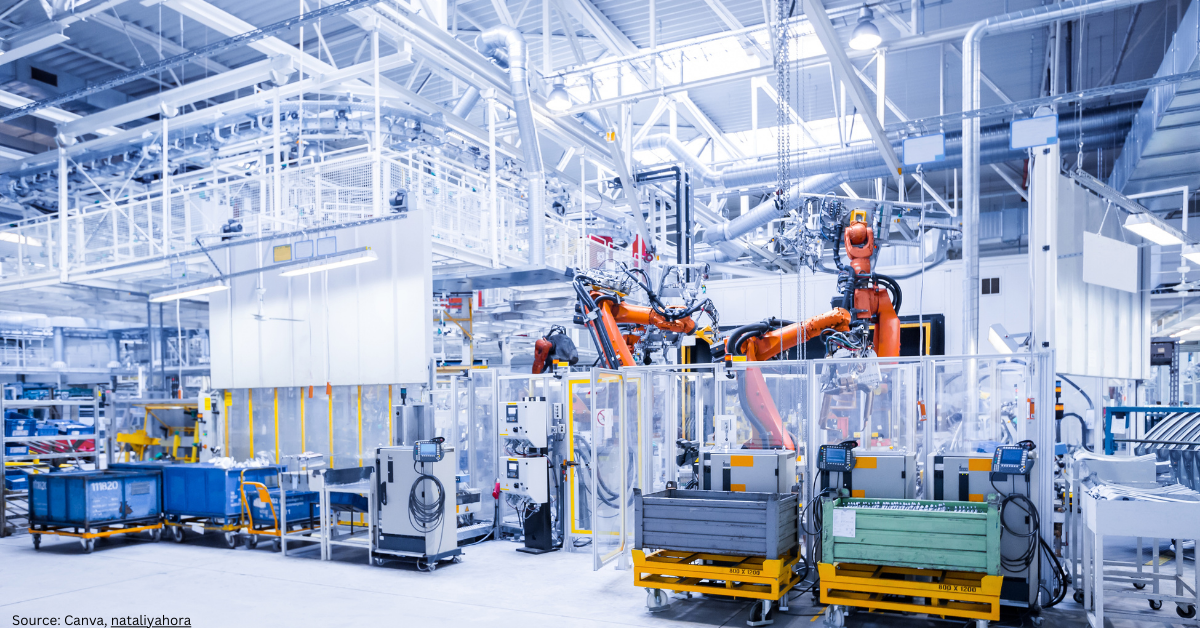







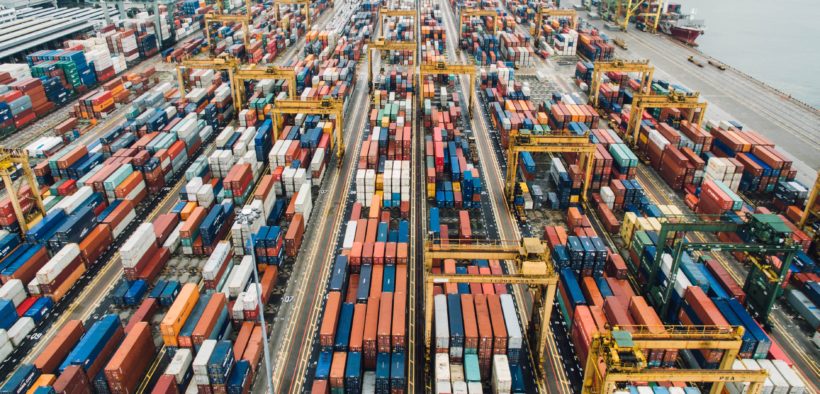















Follow us on social media